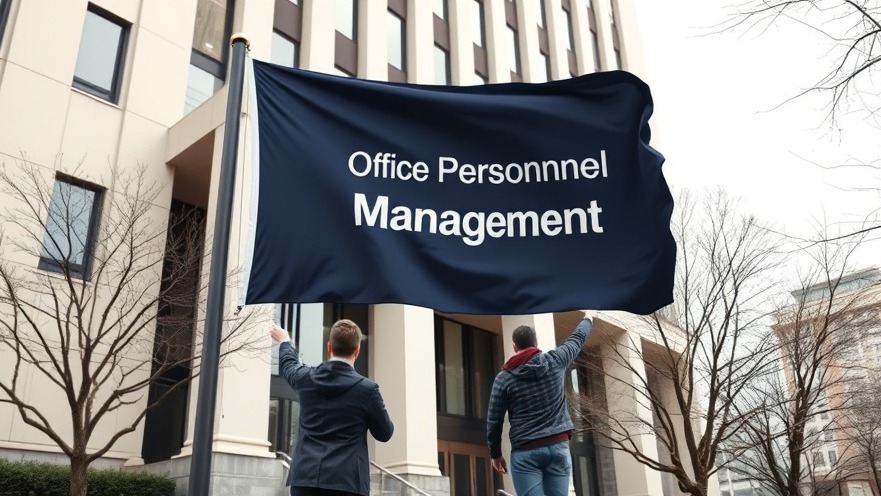
Mass Exodus: OPM's Strategic Staffing Cuts
The Office of Personnel Management (OPM), the federal government's human resources department, is undergoing a major transformation. As announced on July 21, 2025, the agency has reduced its workforce by approximately 10% and is on track to decrease its staff by another 35% by the end of the year. This decision, made under the leadership of newly confirmed director Scott Kupor, represents a significant shift in how the federal government manages its human resources.
Incentives and Layoffs: The New Norm
In an effort to streamline operations and achieve President Trump's objectives of reducing the size of the federal workforce, OPM has actively encouraged employees to resign voluntarily through financial incentives. A staggering 788 employees opted for early retirement or resignation with these incentives, while an additional 152 chose to leave without participating in any such programs. In total, 129 employees faced layoffs. This proactive approach introduces a new dynamic to the federal employment landscape, contrasting sharply with previous government practices.
The Ripple Effect Across Federal Agencies
The impact of these staffing reductions extends beyond the OPM, as various agencies adjust their structures in response to the changing federal workforce policy. For instance, the Department of Health and Human Services recently let go of 10,000 employees, while the State Department also reported a significant reduction of over 1,000 staff members. Such reductions reflect a broader trend of consolidation and efficiency sought by the current administration.
Challenges Faced in Workforce Transition
Though the ambition to reduce federal size could lead to a leaner organization, it raises concerns about the capacity for public service delivery. Critics argue that significant cuts can negatively impact the quality and availability of services provided to American citizens. As agencies adapt to fewer personnel, the strain on remaining employees and processes could become more pronounced, warranting close scrutiny from both the public and internal stakeholders.
Future of Federal Employment: Insights and Predictions
As we look to the future, the ongoing workforce changes could shape a new era of public employment. While some argue that a more streamlined workforce can lead to increased efficiency and reduced bureaucracy, others worry about the potential implications for job security within the public sector. Moving forward, it will be vital for federal agencies to maintain a balance between efficiency and the effective provision of services. The trajectory of employment in federal agencies will likely hinge on the ongoing political landscape and public response.
Community Impact: What It Means for Everyday Citizens
The ramifications of OPM's staffing decisions are far-reaching, affecting not just employees but the constituents they serve. Residents may experience changes in the quality of government services, delays, or reduced access to vital programs. As public agencies adjust, it is critical for communities to stay informed and actively engage in discussions regarding the future of federal employment policies to ensure their needs are met.
Conclusion: Taking Action Amid Change
As the federal workforce continues to shrink, the broader implications for American society and politics cannot be ignored. Citizens are encouraged to voice their concerns and opinions on federal service adjustments and advocate for policies that protect public interests. With public engagement, the evolution of federal employment can reflect community needs and drive effective governance.
 Add Element
Add Element  Add Row
Add Row 



Write A Comment